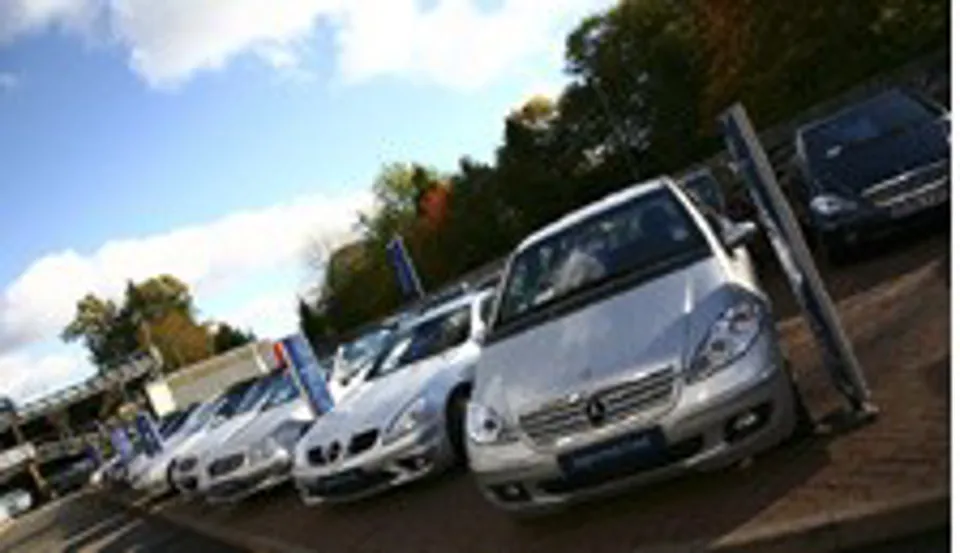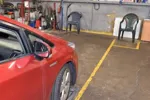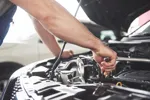The value of dealer part-exchange vehicles peaked again in December, resulting in an annual increase of 22.83%, according to Manheim’s latest barometer of the auction market.
Its monthly market analysis shows that the average price achieved for part-ex models rose from £2,321 in December 2011 to £2,851 in December 2012. Compared to November, the average selling price of part-exchanges rose in December by £47 or 1.7%.
Despite the fact that the average age of vehicles has remained stable and mileages have increased, the selling price of dealer stock has risen significantly in the final quarter of 2012.
This rise in part-ex values at auction is a reflection of the continued shortage of good quality used stock. According to Manheim’s data, year on year, the average mileage of a part-ex car at auction has risen by 830 to 77,000. Throughout 2012, the average age of cars from dealers has remained stable, ranging from 97 to 100 months.
Daren Wiseman, valuation services manager at Manheim Auctions, said: “Our latest market analysis figures show that despite sluggish growth in other parts of the retail sector, 2012 has probably been a pretty good year for a lot of dealers.
“While consumer confidence is still fragile, our data suggests that new car sales are robust and that dealers are achieving good prices for their part-ex vehicles.”
Wiseman said market information from the SMMT confirms that the UK is “something of a bright spot in an otherwise gloomy retail picture across Europe”.
Figures show that while many EU markets are in reverse, the UK market for new car sales is growing at over 5% a year, and is now back to 2008 levels.
Wiseman said: “While this is good news, the challenge facing dealers is to ensure they continue to achieve best value for all their part-ex vehicles, not just the stars of the forecourt.
“The secret to success in 2013 will be even tighter control of the ‘when, where and how’ of remarketing; When is the best time to put a car into auction? And where would be the best location to sell a particular model?”















Login to comment
Comments
No comments have been made yet.